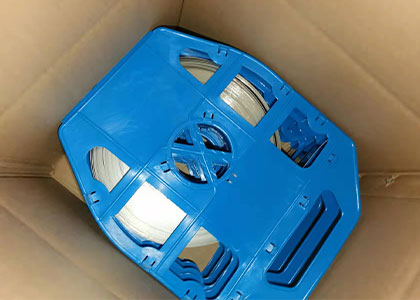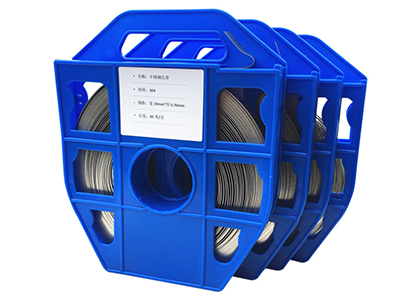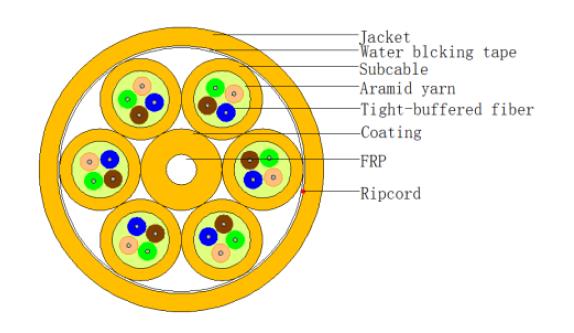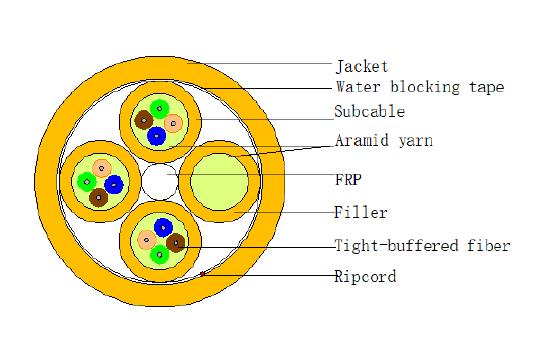Introduction
Power cables are integral to modern electrical systems, facilitating the efficient transmission of electricity from generation sources to end-users. Among the various types of power cables, PVC (Polyvinyl Chloride) and XLPE (Cross-Linked Polyethylene) insulated power cables up to 35kV have gained prominence due to their excellent electrical properties, durability, and versatility. This article provides a detailed overview of PVC/XLPE insulated power cables, discussing their features, applications, advantages, and best practices for installation and maintenance.
Understanding PVC and XLPE Insulation
PVC Insulation
PVC is one of the most widely used insulation materials in the electrical industry. It is known for its excellent chemical resistance, mechanical strength, and cost-effectiveness. PVC insulation provides reliable protection against environmental factors, making it suitable for various applications. However, PVC has limitations in high-temperature environments and may not be the best choice for high-voltage applications beyond certain thresholds.
XLPE Insulation
XLPE is a type of polyethylene that has been chemically modified through a cross-linking process, which enhances its thermal, mechanical, and electrical properties. XLPE insulated cables can withstand higher temperatures (up to 90°C in continuous operation and 250°C during short circuits), making them ideal for high-voltage applications. The cross-linking process improves the cable's resistance to electrical stress, ensuring reliable performance in demanding environments.
Key Features of PVC/XLPE Insulated Power Cables
-
Voltage Rating: These cables are designed for voltage ratings up to 35kV, making them suitable for medium-voltage applications in various industrial and utility sectors.
-
Environmental Resistance: The combination of PVC and XLPE insulation provides excellent resistance to moisture, chemicals, and UV radiation, ensuring the longevity of the cables even in harsh conditions.
-
Mechanical Strength: PVC/XLPE insulated power cables are engineered to withstand mechanical stresses, including bending and impact, enhancing their reliability during installation and operation.
-
Low Smoke and Halogen-Free Options: Many PVC/XLPE cables are available in low smoke and halogen-free versions, which minimize harmful emissions in case of fire, making them safer for indoor installations.
-
High Dielectric Strength: The combination of PVC and XLPE offers superior dielectric properties, reducing the risk of electrical breakdown and ensuring efficient power transmission.
Applications of PVC/XLPE Insulated Power Cables
-
Power Distribution: These cables are commonly used in power distribution networks, connecting substations to transformers and other distribution points. They efficiently transmit electricity while maintaining safety and reliability.
-
Industrial Plants: PVC/XLPE insulated cables are suitable for industrial environments where they supply power to machinery and equipment. Their durability and resistance to harsh conditions make them ideal for factories, processing plants, and manufacturing facilities.
-
Renewable Energy: With the growing emphasis on renewable energy sources, PVC/XLPE insulated cables are increasingly used in solar farms and wind energy installations, providing reliable connections for energy generation and distribution.
-
Telecommunications: In telecommunication applications, these cables facilitate power supply to various systems and infrastructure, ensuring uninterrupted service.
-
Infrastructure Projects: PVC/XLPE insulated cables are essential in infrastructure projects, including railways, airports, and urban developments, where reliable power supply is crucial.

Advantages of PVC/XLPE Insulated Power Cables
-
High Performance: The combination of PVC and XLPE insulation provides excellent electrical properties, ensuring efficient power transmission with minimal losses.
-
Versatility: These cables can be used in a wide range of applications, from residential wiring to large-scale industrial installations, making them a versatile choice for electrical engineers and contractors.
-
Cost-Effectiveness: While XLPE cables may have a higher initial cost than PVC-only cables, their durability and performance often result in lower long-term operational costs due to reduced maintenance and replacement needs.
-
Safety Features: Many PVC/XLPE insulated cables incorporate safety features, such as low smoke emission and fire resistance, enhancing their suitability for indoor applications and environments with strict safety regulations.
-
Ease of Installation: PVC/XLPE cables are lightweight and flexible, facilitating easier handling and installation compared to heavier and less flexible alternatives. This reduces labor costs and installation time.

Installation Guidelines for PVC/XLPE Insulated Power Cables
-
Planning: Before installation, conduct a thorough assessment of the installation site. Consider factors such as load requirements, environmental conditions, and potential physical obstacles.
-
Cable Selection: Choose the appropriate cable size and type based on the specific application and voltage requirements. Refer to relevant standards and regulations to ensure compliance.
-
Preparation: Ensure that the installation area is clean and free from debris. Proper preparation helps prevent damage to the cable during installation.
-
Bending Radius: Adhere to the manufacturer’s recommendations regarding the minimum bending radius for the cables during installation. Exceeding this radius can damage the insulation and affect performance.
-
Cable Laying: Lay the cables in trenches or conduits as per the design specifications. Ensure that they are not exposed to sharp objects or potential sources of mechanical stress.
-
Connection: Use appropriate connectors and terminations to ensure a secure and reliable electrical connection. Follow the manufacturer’s guidelines for crimping and securing connections.
-
Testing: After installation, conduct necessary testing, such as insulation resistance testing, to verify that the cables are functioning correctly and safely before energizing the system.
-
Documentation: Keep detailed records of the installation, including cable types, lengths, and test results. This documentation can be invaluable for future maintenance and troubleshooting.
Maintenance and Troubleshooting
-
Regular Inspections: Schedule routine inspections of the cable system to identify signs of wear, damage, or environmental stress. Look for signs of insulation degradation, mechanical damage, or overheating.
-
Moisture Control: Ensure that the installation area is adequately drained and protected from moisture ingress, which can compromise insulation integrity.
-
Pest Control: Implement pest control measures to prevent rodents and insects from damaging the cables.
-
Fault Detection: In the event of a power failure or system malfunction, conduct fault detection tests to pinpoint issues. Utilize tools such as time domain reflectometry (TDR) for accurate identification of cable faults.
-
Upgrade as Needed: If the electrical demand increases or if you notice recurring issues, consider upgrading the cable system to accommodate the new load requirements safely.
Conclusion
PVC/XLPE insulated power cables up to 35kV represent a robust solution for modern electrical infrastructure. Their excellent electrical properties, environmental resistance, and versatility make them suitable for a wide range of applications in residential, commercial, and industrial settings. By adhering to best practices for installation and maintenance, users can ensure the longevity and reliability of their power cable systems, contributing to efficient and safe electrical distribution. As technology continues to evolve and the demand for reliable energy sources grows, PVC/XLPE insulated cables will remain a vital component in powering our world.













